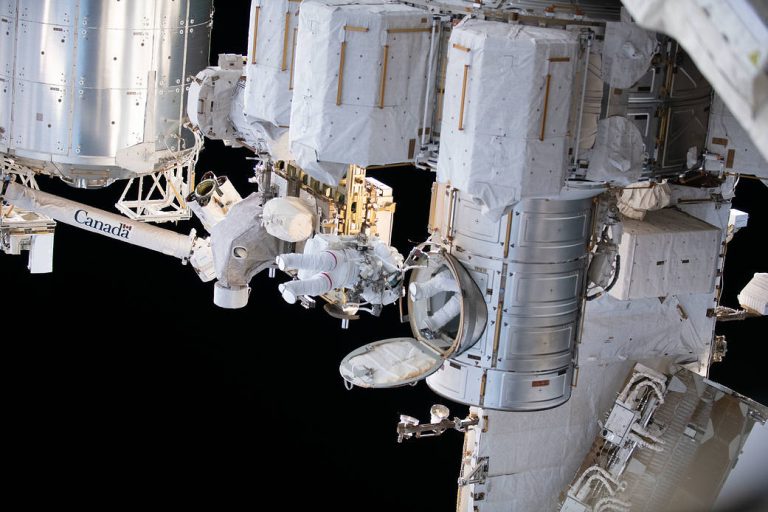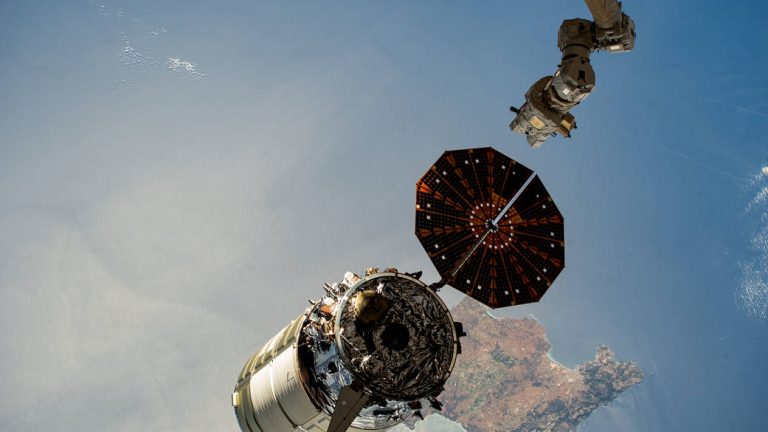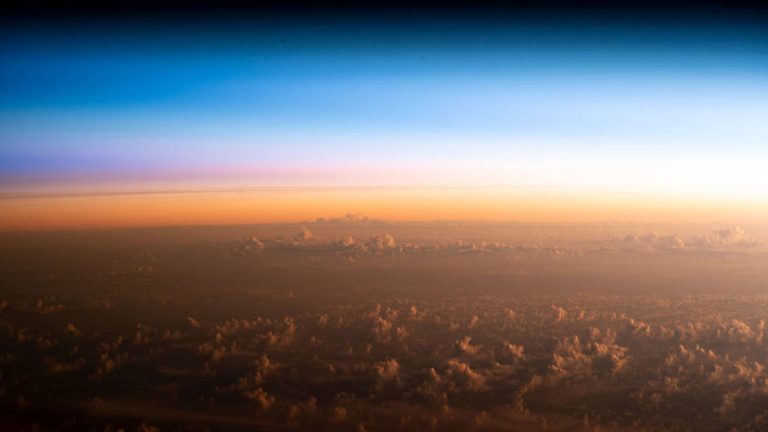地球最大的卫星
2023年6月12日 The Largest Satellites of Earth Image Credit & Copyright: Tianyao Yang Explanation: What’s that near the Moon? It’s the International Space Station (ISS). Although the ISS may appear to be physically near the Moon, it is not — it is physically near the Earth. In low Earth orbit and circulating around our big blue marble about every 90 minutes, the ISS was captured photographically as it crossed nearly in front of the Moon. The Moon, itself in a month-long orbit around the Earth, shows a crescent phase as only a curving sliver of its Sun-illuminated half is visible from the Earth. The featured image was taken in late March from Shanghai, China and shows not only details of Earth’s largest human-made satellite, but details…










